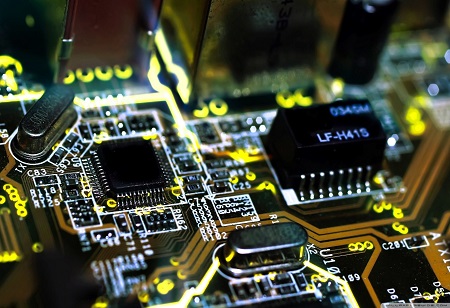Today owing to rapid advances in IoT, AI, wireless technologies as well as wireless charging are some of the biggest drivers behind the development of new
electronic components. These coupled with digitalization across several manufacturing industries with big trends such as Industry 4.0, smart cities, & health care, green engineering, 5G networks as well as autonomous mobility, there are complex challenges around size, power consumption, connectivity, sensor processing & even ease of implementation. Therefore, these are fueling some of the biggest component trends in the industry.
However, over the next few years, one of the biggest issues not just the industry but also the world would face is energy consumption specifically with a increasing portfolio of Internet of Things devices. Furthermore, there is also a huge concern for the environment & the necessity for reducing greenhouse gases, that has put more pressure on the sector for developing new components which address these concerns.
Currently, designers face 2 big challenges which include decreasing power consumption & enhancing efficiency. And this is where you will witness 3 key component trends that are advancing over the next few years and these include gallium nitride (GaN) power devices,
battery management systems (BAM) for electric vehicles & energy harvesting.
GAN Power devices
GaN is a wide-bandgap material which provides higher switching frequency, higher power density, lower losses, & better thermal management when compared to its silicon counterparts. In terms of basic properties such as bandgap, critical electric field as well as electron mobility, they have all been proven to be better than silicon. A big area of adoption is in industrial motor control where GaN can replace MOSFET’s and IGBTs. Therefore, we should expect to witness new GaN HEMT transistors as well as power stages by leveraging proprietary GaN technologies for achieving higher efficiency & lower on-resistance.
